
Alumni Share Their Journeys in Rehabilitation Medicine
By Anastasios Karoussos, OMS-2 丨 April 16, 2025
Physical Medicine and Rehabilitation (PM&R) is a unique specialty that focuses on restoring function and improving quality of life. Despite its crucial role in healthcare, it often flies under the radar for many medical students. To shed light on the field, I spoke with alumni from the Marian University Tom and Julie Wood College of Osteopathic Medicine (MU-WCOM) who pursued PM&R to understand their journeys, challenges, and insights. Through this blog series, I hope to provide perspective on why medical students should consider a career in this valuable and rapidly growing specialty.
In this post, we will explore the pivotal decision of choosing a medical specialty, featuring the input of alumni reflecting on their experiences in the field of rehabilitation medicine.
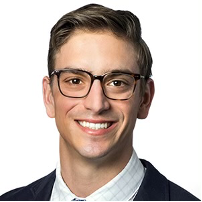
Austin Boos, DO ’20
“I completed my undergraduate degree in biomedical engineering, and I was originally interested in designing prosthetic devices. During my senior year of undergrad, we worked with some PM&R physicians. I realized that there is a small subset of physicians who are specialized in combining rehabilitation and the technology I was involved with as an engineer. Fast forward a few years, I began to crave the doctor-patient relationship, which lead me to medical school and PM&R.”
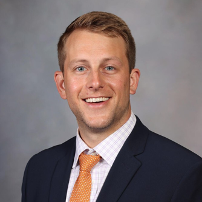
Ben Kopecky, DO '21
“My first exposure to PM&R was as a first-year med student through the Meaningful Mentors program that Marian offers. I got my master’s degree in clinical anatomy before going to med school and I did a little teaching too. I love anatomy and so I wanted to be matched with a physician who has a focus on it. I was matched with a PM&R doctor, and I found the specialty to be very intriguing.”

Brandon Budiman-Steinley, DO ‘17
“I have family members, and I've worked with individuals with spinal cord injuries and so the idea of function was always a really interesting idea to me. I was exposed to PM&R through a few other students at the time who were interested in going into it and I did a couple of rotations to explore it further. I just really fell in love with it.”
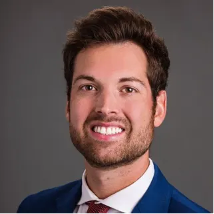
Bryan Wacker, DO '22
“I had a feeling through medical school that I wanted to do something musculoskeletal within family medicine. So, I was considering sports medicine. I shadowed a sports medicine physician, and I just felt like I was seeing the same types of things, like knee pain, shoulder pain. We were just doing the same kind of stuff, like prescribing physical therapy, prescribing braces, and stuff like that. As I was going through my third-year rotations, there was one month where I went to Kokomo and worked with a doctor who did sports medicine and she just did so much more within the field. Like she would do EMG, she would do ultrasound-guided injections, and she told me she was PM&R. I researched the specialty and it just seemed perfect.”
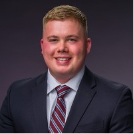
Collin Young, DO ’22
“I wanted to go into ortho but decided through PGY1 that I wanted to work with the musculoskeletal system in a non-surgical setting.”
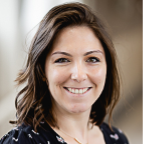
Mackenzie Sacks, DO ’21
“I initially had an interest in family med and ortho. I participated in the Meaningful Mentor Program and somehow got paired up with a rehab doc. I just liked that it is such a wide specialty and that it allows you to really do whatever you want with it. So, during my third and fourth year electives, I really tried to get more rehab rotations.”
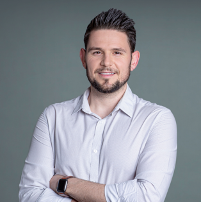
Milan Ristic, DO '18
“As I was doing a rotation in cardiology, I came across a patient with some back pain. My preceptor, knowing that I was an osteopathic medical student, was like, ‘Oh, you know that weird stuff with your hands, right? Why don't you do some of that on this patient since an epidural is not indicated?’. He was referring to OMT. Literally all I did was some muscle energy on his hamstrings, and he gets up and he's like, ‘I feel a million times better’. My preceptor was impressed and said, ‘Why do you even want to go into cardiology? You seem very knowledgeable about the musculoskeletal system. Have you considered PM&R?’. I looked into it, and I realized that it’s exactly what I'm interested in. I just didn't realize that there was a specialty like that.”
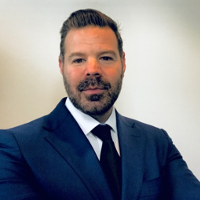
Seth Katzen, DO ’17
“Before I got into medical school, I was an athletic trainer, rehabilitating athletes. I was fortunate to cross paths with a few PM&R doctors who opened my eyes to medicine. I kind of took the plunge and decided that I'm going to go to an osteopathic medical school and pursue PM&R.”
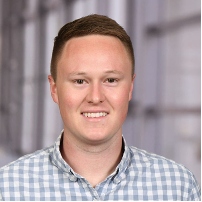
Adam Green, DO '23
“Deciding on a specialty is an important decision. You’re picking, early on in your medical school career, what you want to do for the next 30-40 years of your life. That may be scary for a lot of people. Knowing that, I think I was pleasantly surprised to find out that PM&R is so diverse that you can make whatever you want out of it.”

Bryan Wacker, DO '22
“Figure out if you're a procedures person or if you're a medicine person. You have people that fall on either side of the spectrum. Then you got people who fall in the middle and that's great. If you're falling in the middle, definitely consider something like PM&R because you can really do it all.”

Seth Katzen, DO ’17
“Everybody enjoys doing different types of things. When you see a patient, they're no different than anybody else in terms of the fact that they had a life before whatever insult happened that caused them to have a disability or impairment. So, that's always an important part when you're talking about improving function, which is the underlying theme of PM&R. You have to show interest in finding out what function the patient wants to be able to regain and what they're being limited from doing. Having a clear idea of that and setting goals with the patient on how to achieve those things are important concepts to always have in the back of your mind as a PM&R physician.”
In summary, people enter PM&R because of their own unique interests and experience with the specialty. However, by and large, medical students enjoy physiatry due to its broad scope, a personal interest in anatomy, and the desire for a close patient-doctor relationship. The MU-WCOM alumni had a few points that they emphasized that if you are interested in a career as a PM&R physician, you must first determine your strengths and interests with regard to the type of services you want to provide patients; and then recognize that this is a varied specialty that addresses the unique needs of patients. So you have to be a person who pays attention to people’s goals and quality of life.
Check out part one and part two, and be sure to come back next week when we will discuss the qualities of great PM&R physicians.
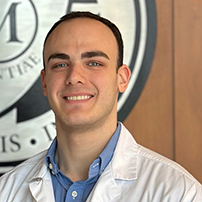
Anastasios Karoussos, OMS-2
Anastasios Karoussos is a second-year student at the Marian University Tom and Julie Wood College of Osteopathic Medicine with a strong interest in Physical Medicine and Rehabilitation. He is passionate about holistic, personalized healthcare, disability health advocacy, mentorship, and education.